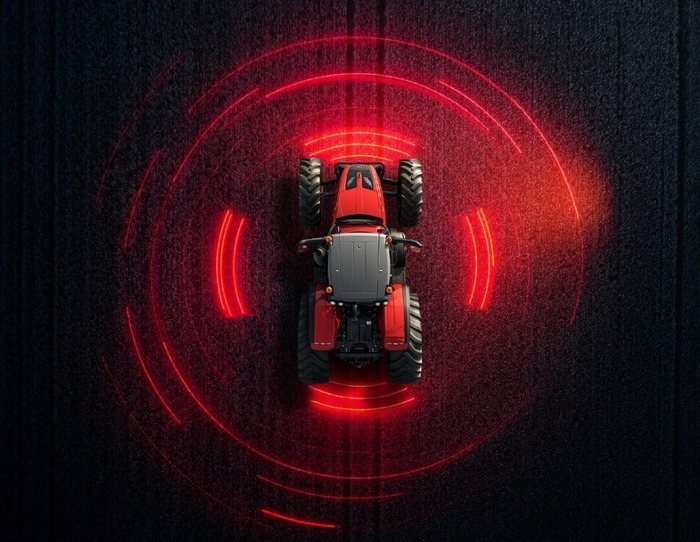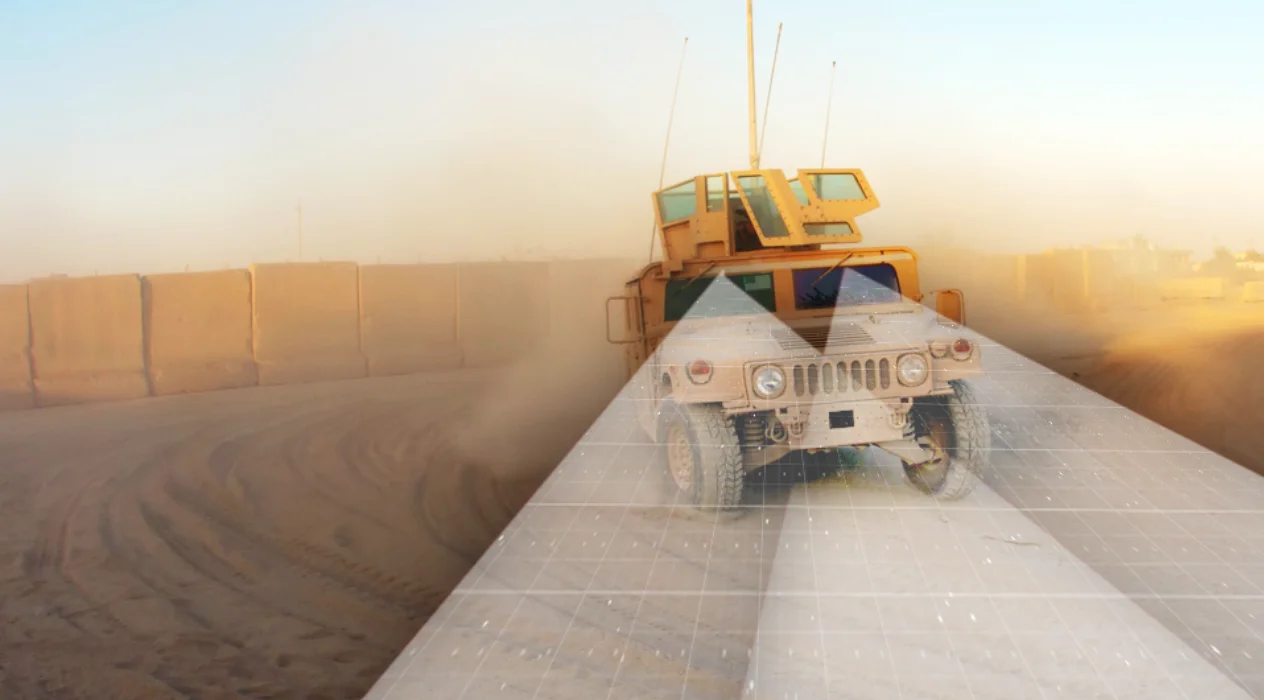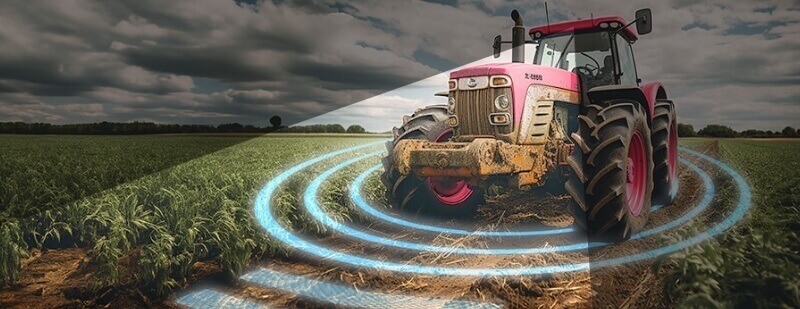We live in a colorful world where road signs are in colors for easy detection and understanding. The risk level increases dramatically at night and unfortunately that is when most of the fatal accidents occur.
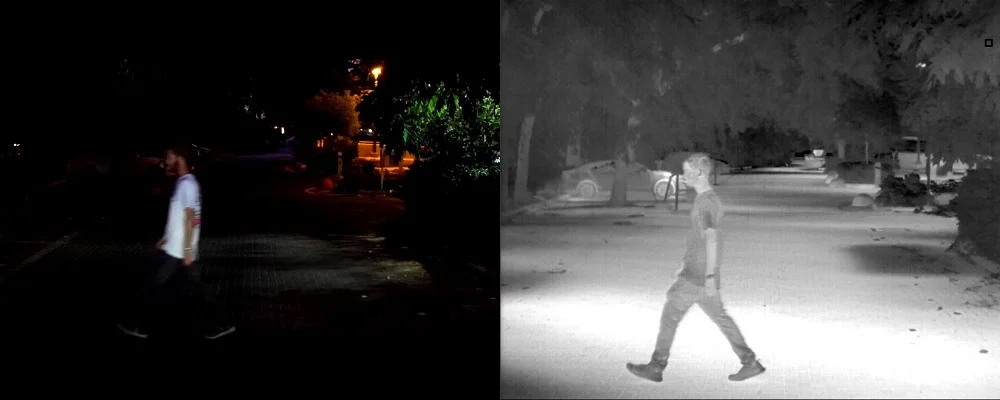
A pedestrian crossing a dark suburban street. Visible light camera vs. FLIR® thermal camera captured by Foresight’s test vehicle
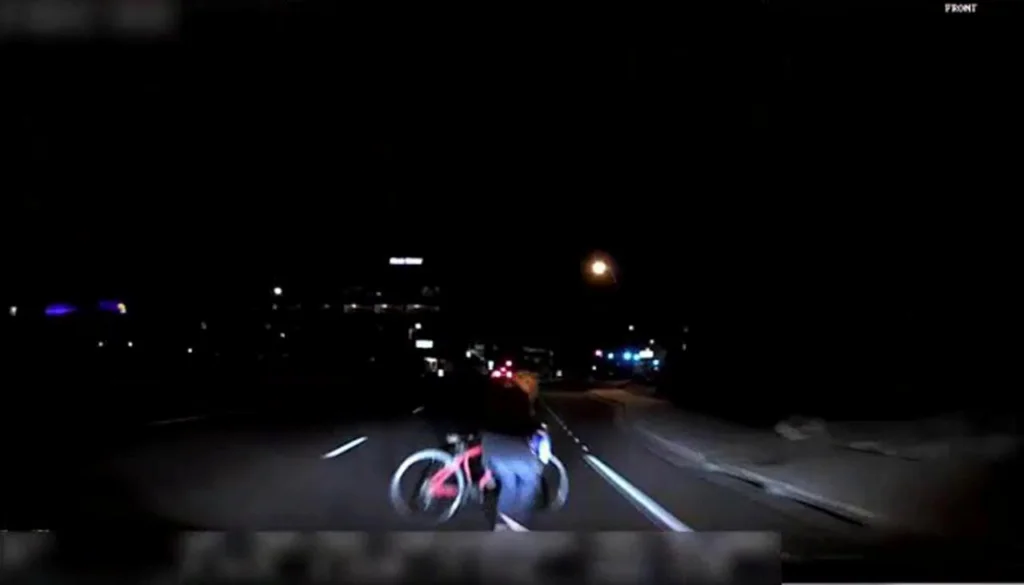
Footage taken from the Uber camera just before the it hit Elaine Herzberg
Thermal cameras are not new to the automotive industry. In fact, they have been helping human drivers identify pedestrians, animals, and cyclists for nearly two decades. In 2000, Cadillac introduced its Night Vision system on the Deville product line.
Using a grill-mounted, 3-inch passive sensor, Cadillac’s system (developed by Raytheon) picked up thermal imagery from the oncoming road, then transmitted it to a display in the car’s center dashboard. Cooler objects were darker, while warm objects, like humans or animals, showed bright white.
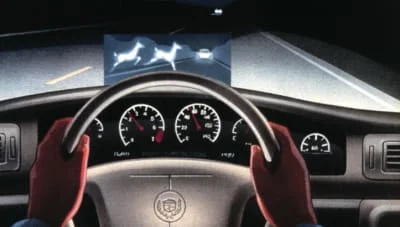
Cadillac introducing its night vision assistant system in 2000
About five years later, BMW also introduced thermal infrared. and in 2008, they added an upgrade: the onscreen display would automatically detect, and emphasize, humans or animals in the line of traffic. Now this tool wasn’t just enhancing situational awareness, it was a step towards the type of situational awareness AI needs to develop for automated driving.
FLIR Systems designed BMW’s thermal infrared cameras. And while the system was initially meant to help drivers see better at night, FLIR realized that they can help bring autonomous driving to the next level. Implementing thermal cameras in a vehicle is no easy task. Auto manufacturers are tough customers; they want everything cheap, reliable, and durable. Companies worldwide have been working extensively on the durability and manufacturing process in order to bring down prices of thermal cameras. Developing a highly-reliable detection system that meets autonomous requirements, requires extensive knowledge and experience of image processing and AI development, and is an ongoing learning process that only few companies can manage.
Foresight has been developing advanced vision solutions for the automotive industry and has unique capabilities and knowledge in thermal imaging and stereoscopic imaging. The Company recently joined the Thermal by FLIR® program, enabling Foresight to more quickly develop safer, more reliable, and durable autonomous vehicle technology.
